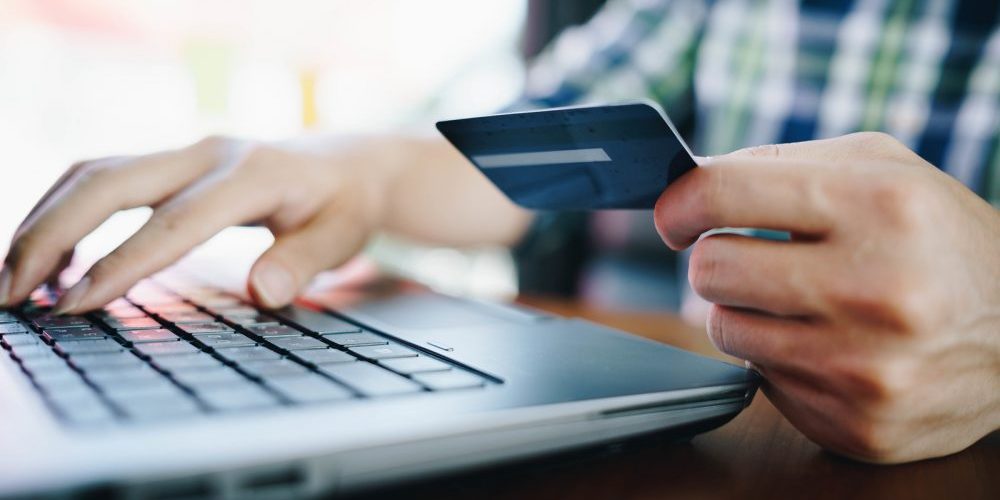Consumer best practices for online shopping

Shopping online can create stress. While reputable businesses have safely conducted online transactions since the mid-1990s, the possibility of fraud still lurks in all the internet nooks and crannies. Thankfully, there are safety precautions that consumers can implement to remain as safe as possible while shopping online. LSC suggests these six online shopping tips:
Only shop on trustworthy websites
Shopping online is addictive. Amazon’s Cyber Monday is practically a national holiday that allows consumers to stay cozy in their pajamas while scoring massive savings. Trustworthy websites exist and are safe to shop on. However, clicking on email links or a website side bar ad can often lead to disaster. Before entering card information, visit the actual website of the company to ensure it is safe. If the deal seems too good to be true it is probably not a legitimate website.
Do not shop on public Wi-Fi networks
Hotels, restaurants, even coffee shops offer free Wi-Fi. Trouble can arise, though, when sensitive information is shared over public networks. The open nature of public networks can compromise security. According to Norton Internet Security public Wi-Fi should always be used with caution; never access banking accounts, personal data, or shop via a public network.
Protect your home computer with anti-virus software and secure your internet access with a password
Often we assume our home Wi-Fi network is safe from attack. Vulnerabilities in our home networks can wreak havoc. According to Norton, the safest home networks have a personalized SSID, strong passwords; encryption enabled, and updated software. Computers should also be protected with virus and spyware software.
Shop with a credit card
When shopping online both debit and credit cards can be used. The Federal Trade Commission recommends consumers shop online using a credit card to be protected by the Fair Credit Billing Act. This law allows consumers to dispute charges and withhold payment while under investigation. For added security take these preventative measures:
- Monitor accounts through online banking, mobile apps or monthly statements to protect your money
- Make sure your address, email, and cell phone numbers are updated with your CU for use with 3D technology used to prevent fraud
- Enroll in digital wallets like Apple Pay that can be used online. Merchants store a token number and not the actual card and authenticate transactions using biometrics; fingerprinting or face recognition during checkout.
Ensure the card entry page is secure
Entering debit or credit card information online can be nerve racking. If the merchant’s website is compromised, you may find yourself with no money left in your checking account to pay your monthly expenses. Secure websites that protect consumer information can be identified in two ways . First, ensure the URL begins with https:// and that there is a small lock in the URL bar. The “s” in the URL indicates a secure site. Hover over the small lock to the right of the address to read details about the site’s security. An unsecured site will display a small letter “i” that will also offer information about the site’s security. Do not input credit card details on unsecure sites.
Print or save receipts as .pdfs
As an added security measure, it is good practice to print or save receipts as .pdfs from online shopping. Compare the receipt with the credit card billing statement to ensure consistency.
It is always important to be careful when shopping online. These six simple safety measures are easy to apply and effective at keeping sensitive information private.

